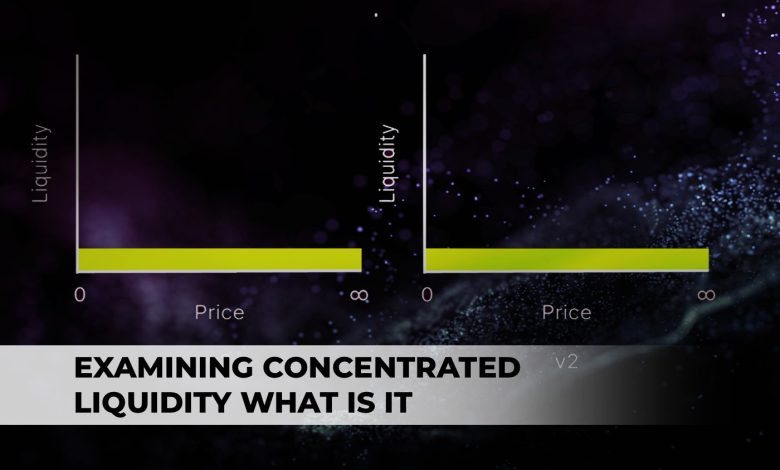
Concentrated liquidity, first developed by Uniswap v3, attempts to improve capital efficiency and compensate for the shortcomings of the original x*y = k formula underpinning the typical automated market maker model. Liquidity can be assigned to a price interval under the new model, resulting in a concentrated liquidity position. LPs can open as many positions in the pool as they like, resulting in distinct price curves matched with their particular perspective of the market using range orders.
Focusing liquidity around the present price and adjusting customized positions in response to price changes is a successful method for maximizing returns while exposing significantly less money to the risk of asset depreciation. The tighter the range for a concentrated liquidity position, the higher the fee revenue, and vice versa. LPs can still choose to offer liquidity over the whole curve, but they will earn less in trading fees than if they choose a smaller price range.

Concentrated Liquidity Offers Advantages
When the price reaches a specific range, the liquidity aggregated for that range begins to collect trading fees, with each LP earning a slice of the fee pie equal to their contribution to the overall liquidity inside that price range alone.
As the price varies, liquidity from various LPs is used to perform the swaps. As a result, customers are trading against the aggregated liquidity from all liquidity positions spanning the current price, and there is no distinction for those whose liquidity their swaps utilize. The new concept of concentrated liquidity provides a variety of perks and advantages to both LPs and traders. LPs can now deploy their capital to the desired price intervals.







